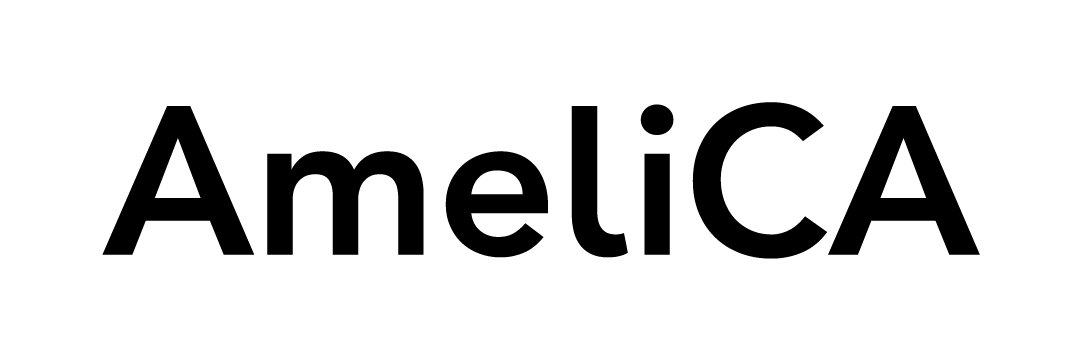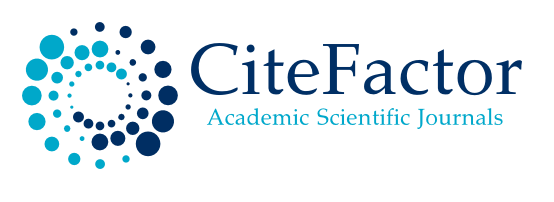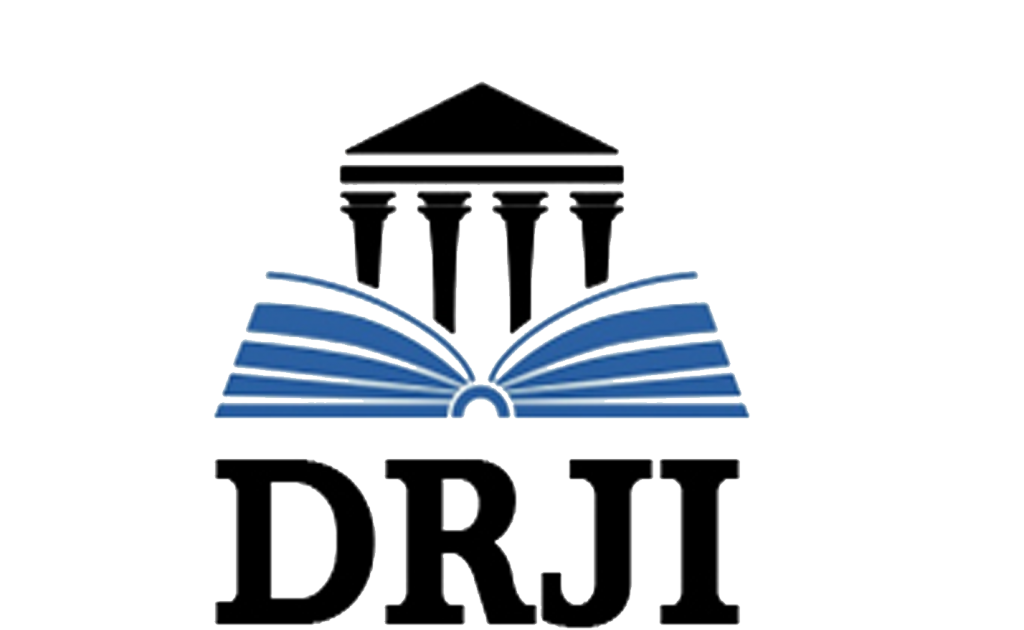Therapy of chagas disease in the Canton Aguarico, Ecuadorian Amazon
DOI:
https://doi.org/10.53591/rug.v111i2.458Keywords:
Chagas disease, nifurtimox, indigenous communities, Amazon, EcuadorAbstract
Determine the response of a seropositive population for Chagas disease an established therapy with nifurtimox. We selected 60 positive people out of 73 detected in the canton Aguarico in 2008 and 2009 (82.19%). It made them a therapy with nifurtimox 60 days in duration, at home and controlled with regular visits. Adherence was assessed individually in taking the treatment. Was used for the analysis of test results the same microELISA used in the tests performed to establish seroprevalence in Canton Aguarico. Se could assess the outcome of therapy established in 56 of the 60 seropositive (93.33%). Twenty-four gave “non-reactive” test before microELISA (42.85%). The analysis of adherence to the set of allowed cataloging treated in three groups: A: Full membership (23/56), B: irregularity in the taking of medication (12/56) C: abandonment of medication (21 / 56). Group A, with a success in the treatment of 100%. The results of the nifurtimox therapy are significant and encouraging to establish programs that address the issue of treatment of Chagas disease, both indeterminate and chronic, in our Ecuadorian Amazon region.
References
Coura JR, De Castro SL. A critical review on Chagas disease chemotherapy.Mem Inst Oswaldo Cruz. 2002; 97:3-24.
Fragata A, Luquetti A, Prata A, et al. Etiological treatment of Chagas disease. Parasitol Today. 1997;12:127- 30.
Apt W, Aguilera X A et al. Treatment of chronic Chagas Disease with itraconazole and allopurinol. Am J Trop Med Hyg. 1998;59:133-8.
Acquatella H, Andrade AL, Cançado R, Fernández O, Fragata A, Frilijh et al. Tratamiento etiológico de la enfermedad de Chagas. Conclusiones de una consulta técnica. Río de Janeiro, Brazil: Fundación Oswaldo Cruz, OPS; 1998. 32 pp.
Apt W. Tratamiento de la enfermedad de Chagas. Parasitología al día. 1999; 23(3-4):1-18
Organización Panamericana de la Salud. Tratamiento etiológico de la enfermedad de Chagas. Conclusiones de una consulta técnica. Río de Janeiro: OPS/OMS; 1999.
Urbina JA. Chemotherapy of Chagas disease. Curr Pharm Des. 2002;8(4):287-95.
Urbina JA, Payares G, Sanoja C, Lira , Romanha AJ. In vitro and in vivo activities of ravuconazole on Trypanosoma cruzi, the causative agent of Chagas disease. Int J Antimicrobl Agents. 2003;21(1):27-38.
Urbina JA, Docampo R. Specific chemotherapy of Chagas disease: controversies and advances. Trends Para sitol. 2003;19(11): 495-501.
Saraiva VB, Gibaldi D, Previato JO, Mendoca-Previato L, Bozza MT, et al. Proinflammatory and cytotoxic effects of hexadecylphosphocholine (miltefosine) against drug-resistant strains of Trypanosoma cruzi. Antimicrob Agents Chemother. 2002;46(11):3472-77.
Apt W, Arribada A, Zulantay I, Sanchez G, Vargas SL, Rodriguez J. Itraconazole or allopurinol in the treatment of chronic American trypanosomiasis: the regression and prevention of electrocardiographic abnormalities during 9 years of follow-up. Ann Trop Med Parasitol. 2003;97(1):23-29.
Buckner FS, Navabi N. Advances in Chagas disease drug development: 2009-2010. Curr Opin Infect Dis. 2010;23(6):609-16.
Amunárriz M, Quito S, Tandazo V, López M. Seroprevalencia de la enfermedad de Chagas en el cantón Agua rico, Amazonía ecuatoriana. Rev Panam Salud Pública. 2010;28(1):25–9.
Coura JR, Abreu LL, Willcox HPF, Petana W. Estudo comparativo controlado com emprego de benznidazole,nifurtimox e placebo, na forma crônica da doença de Chagas, em uma área de campo com transmissão interrompida. I. Avaliação preliminar. Rev Soc Bras Med Trop 1997;147:139-44.
Guhl F, Nicholls RS, Montoya R, Rosas F, Velasco F, Mora E, Herrera C, Santacruz MM, Pinto N, Aguilera G, Salcedo P, Zipa N, Florez J, Olarte A, Castillo G. Rapid negativization of serology after treatment with Benz nidazole for Chagas disease in a group of colombian schoolchildren. Multidisciplinarity for Parasites, Vectors.
Guedes PM, Silva GK, Gutierrez FR, Silva JS. Current status of Chagas disease chemotherapy. Expert Rev Anti Infect Ther. 2011;9(5):609-20.
Jackson Y, Alirol E, Getaz L, Wolff H, Combescure C, Chappuis F. Tolerance and safety of nifurtimox in patients with chronic chagas disease. Clin Infect Dis. 2010;51(10):e69-75.
Apt W. Current and developing therapeutic agents in the treatment of Chagas disease. Drug Des Devel Ther. 2010;4:243-53.
Alfonso J. Rodríguez-Morales. Nuevas perspectivas en el manejo terapéutico de la enfermedad de chagasRev Perú Med Exp Salud Publica. 2005;22(2):123-33.
Schenone H, Concha L, Aranda R, Rojas A, Alfaro E, Knierim F et al. Valor do xenodiagnóstico na avaliaçao do tratamento da infeccâo crônica pelo Trypanosoma cruzi.Rev Goiana Med.1970;16:179-84.
Britto C, Silveira C, Cardoso MA, Marques P, Luquetti A, Macedo V, et al. Parasite persistence in treated chagasic patients revealed by xenodiagnosis and polymerase chain reaction. Mem Inst Oswaldo Cruz. 2001;96(6):823-6.
Ramírez JD, Guhl F, Setsu U. E, Morillo CA, Rosas F, Marin-Neto JA, Restrepo S. Evaluation of Adult chronic Heart Disease Diagnosis by Molecular and Serological Methods. J Clin Microbiol. 2009;47:3945-51
Bern C, Rodrigues Coura J, Goldenberg S, Guhl F, Verissimo Junqueira AC, Lorca M, et al. International meeting: new diagnostic tests are urgently needed to treat patients with Chagas Disease. Rev Soc Bras Med Trop. 2008;41:315-9.
World Health Organization Expert Committee. Control of Chagas disease. World Health Organ Tech Rep Ser. 2002;905:1-109.
Published
How to Cite
Issue
Section
License

This work is licensed under a Creative Commons Attribution-NonCommercial-NoDerivatives 4.0 International License.

This work is licensed under a Creative Commons Attribution-NonCommercial-NoDerivatives 4.0. International License.
You are free to:
- Share — copy and redistribute the material in any medium or format
- The licensor cannot revoke these freedoms as long as you follow the license terms.
Under the following terms:
- Attribution — You must give appropriate credit , provide a link to the license, and indicate if changes were made . You may do so in any reasonable manner, but not in any way that suggests the licensor endorses you or your use.
- NonCommercial — You may not use the material for commercial purposes .
- NoDerivatives — If you remix, transform, or build upon the material, you may not distribute the modified material.
- No additional restrictions — You may not apply legal terms or technological measures that legally restrict others from doing anything the license permits.






























